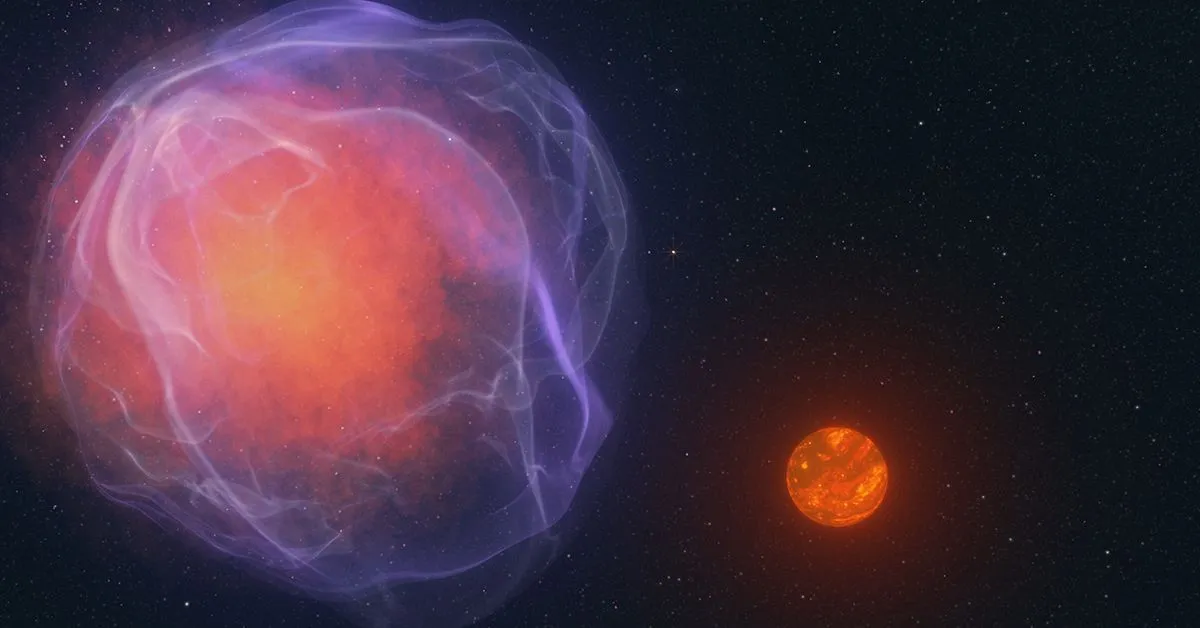Amateur astronomers Tom Bickle, Martin Kabatnik, and Austin Rothermich made an important astronomical discovery with only Internet access. They participated in Backyard Worlds: Planet 9, where volunteers analyze photos taken by NASA’s decommissioned infrared telescope WISE. The project aims to detect objects such as brown dwarfs, low-mass stars or even a hypothetical ninth planet at the edge of the Solar System.

In one series of images taken five years ago, three astronomers noticed an object moving at an extraordinary speed of about 1 million kilometers per hour. They reported it through the project portal, after which scientists verified the find with the Echellette telescope of the University of Hawaii. The object was named CWISE J1249.
A team of scientists from NASA and several universities decided to investigate this object. Their conclusions were published in Astrophysical Journal Letters. Although it’s not yet clear what CWISE J1249 is, its characteristics point to the possibility that it is either a small star or a brown dwarf. The object has a unique trajectory and speed, so fast that it will probably eventually leave the Milky Way and travel into intergalactic space.
CWISE J1249 is low in iron and other metals, which may indicate that it is very old, dating back to the early days of the Milky Way. As to the reason for this rate, there are several assumptions. Kyle Kremer of the University of California said the object could have been part of a binary system but was pushed out of the gravitational trap when its partner became a supernova. Another theory is that it formed in a globular cluster of stars, but was ejected by the complex dynamics of black hole pairs that gave CWISE J1249 its acceleration.
Although the object isn’t named after the three discoverers, their names are listed among the study’s authors, which is a significant accomplishment. The researchers are now planning further analysis of this celestial object using infrared telescopes to determine which of the proposed scenarios is the most likely. This could open new horizons for the study of intergalactic space and its unusual inhabitants.
Earlier we told you about a star that orbited a black hole in the shortest amount of time.
According to gizmodo.com


